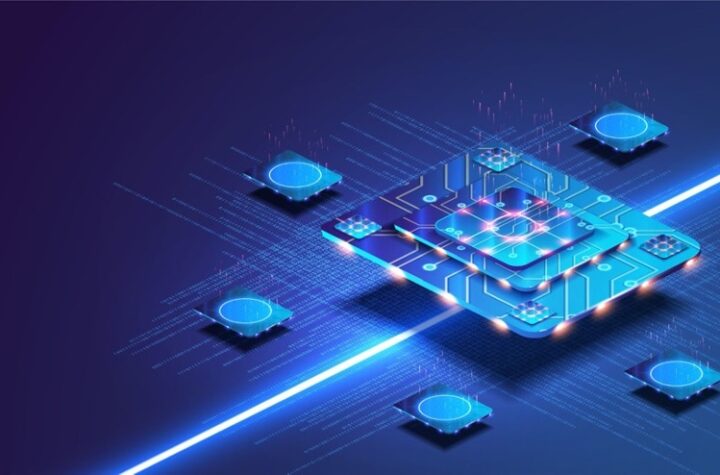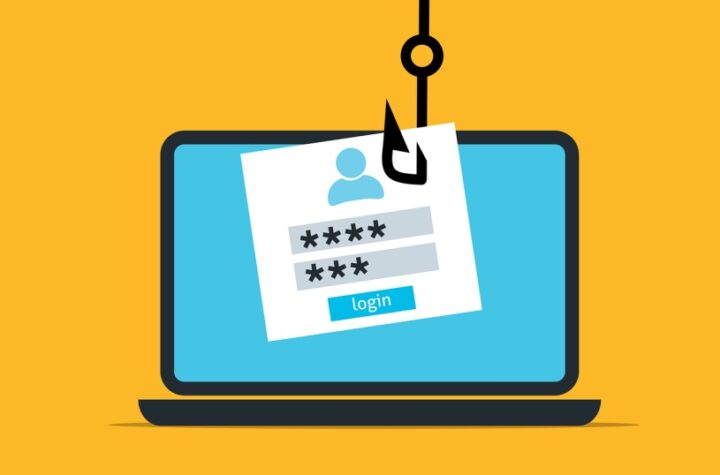When you break down the “biometrics,” it comes from two Greek words – “bio” means life, and “metrics,” which means to measure. Before the advancement of computer processing capabilities, automated biometric solutions already existed during the last few decades. Also, some modern automated techniques are originated hundreds to thousands of years ago.
As the earliest accounts of biometrics can be dated far back as 500BC in the Babylonian empire, the first record of biometric identification system happened in the 1800s. Alphonse Bertillon, a Parisian, created a method to classify and compare criminals through their body measurements. The system rolled on to become the unique way to authenticate the identity of a person.
In the 1800s, fingerprinting became another means for authenticating a criminal’s identity and as a form of signature on contracts. The fingerprint was symbolic of a person’s identity, and one could be held liable by it. With that, Edward Henry was denoted to develop the fingerprinting standard, called the Henry Classification System – the first system to authenticate identities based on the unique architectures of fingerprints.
Within the century, biometrics rapidly grew as a field of research. In the 1960s, administrators developed facial recognition to analyze facial features on the image and draw out usable feature points. By 1969, the Federal Bureau of Investigation funded the automated process development since law enforcement widely used fingerprint and facial recognition. This computerized system catalyzed the development of more sophisticated sensors for biometric capture and data extraction.
During the 1980s, the development of speech recognition arose. The National Institute of Standards and Technology developed a Speech group to study the processes of speech recognition technology that are the basis for the voice command and recognition systems people use in the present. In 1985, NIST developed the concept of fingerprints to irises and patented the first iris recognition algorithm by 1994. Additionally, the NIST discovered the uniqueness of blood vessel patterns in eyes to use for authentication.
By the 2000s, biometric authentication algorithms were functional and panted within the United States of America. Biometrics were sold in commercial products and executed at large-scale events, and no longer in large corporations or a government setting.
In the past ten years, research in biometric technology continued to advance. It became part of people’s everyday lives since smartphones included fingerprint unlock and face recognition – starting to accept the contribution of biometrics as means of authentication.
As biometrics research continues, it is highly possible to merge with artificial intelligence to create a seamless authentication experience. With biometrics, the use of identification proxies may stop existing. There would be no need to carry any proof of identity since the biometrics authentication algorithm will work for you.
For a smooth experience with biometrics, LoginIDInc has already achieved FIDO2 certification for its Authentication/Privacy Platform. Developers can now offer a simple way to eliminate traditional logins and passwords and change them with secure biometric authentication across smartphones, tablets, and PCs. FIDO 2, or the Fast Identity Online, is an alliance that overcomes the challenges of traditional password-based authentication, which is inconvenient, risky for privacy, and often challenging to scale.
For more information, you may visit www.loginid.io.





More Stories
AI & Machine Learning: Dedicated Servers with GPUs – Powering the Future
Methods to avoid phishing scams
Anonymous note-taking – Tips for maintaining your privacy